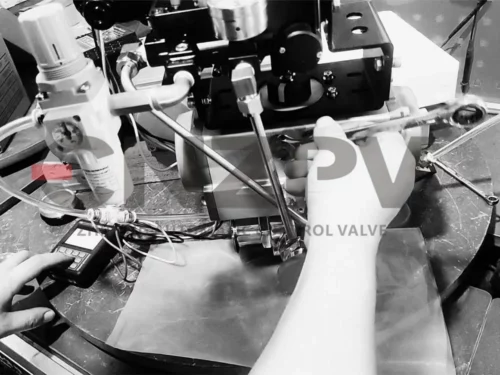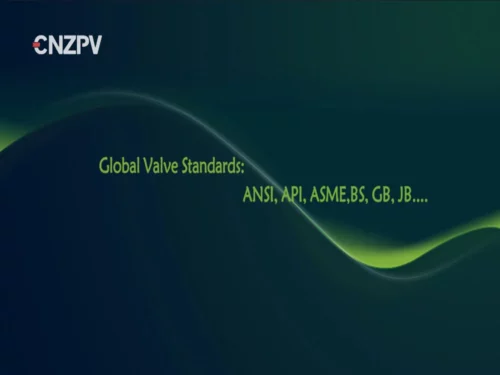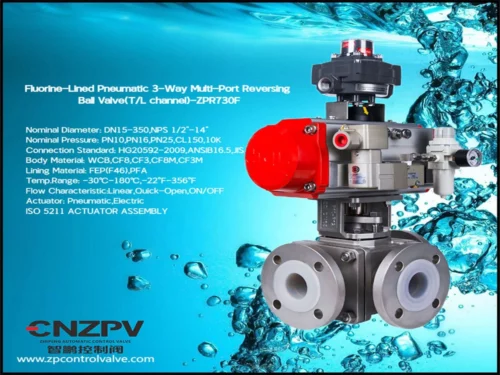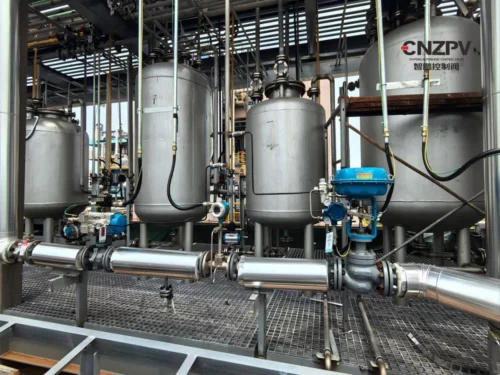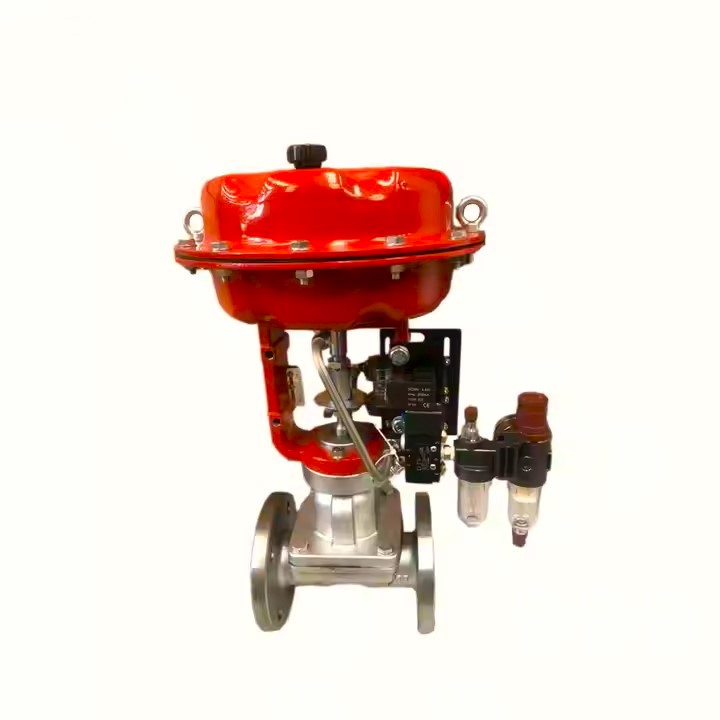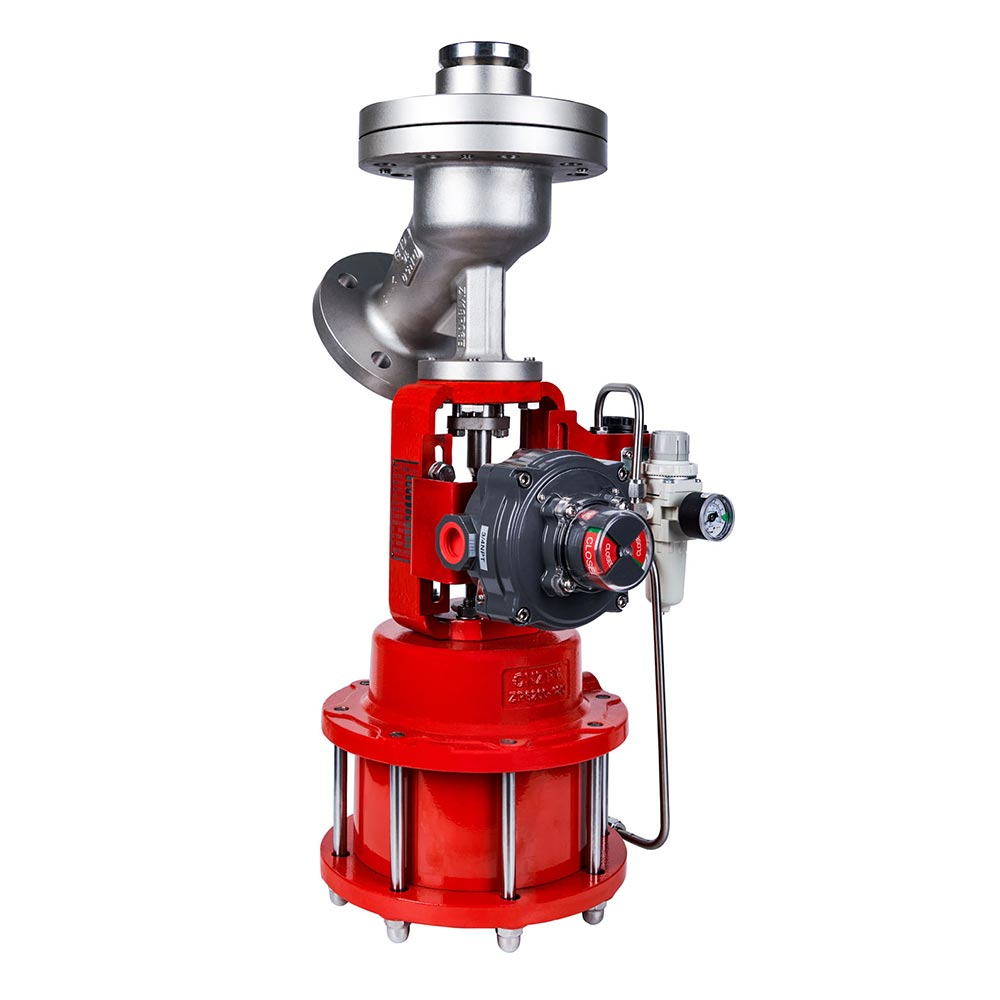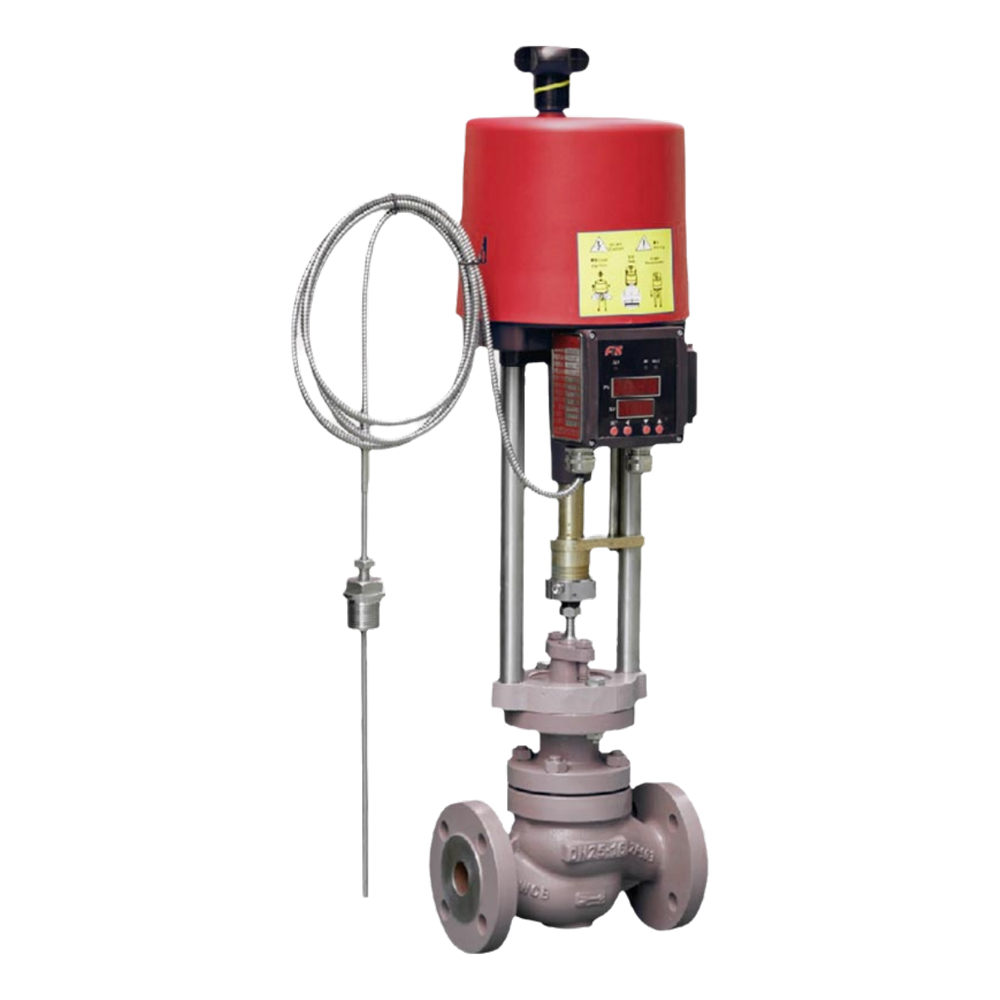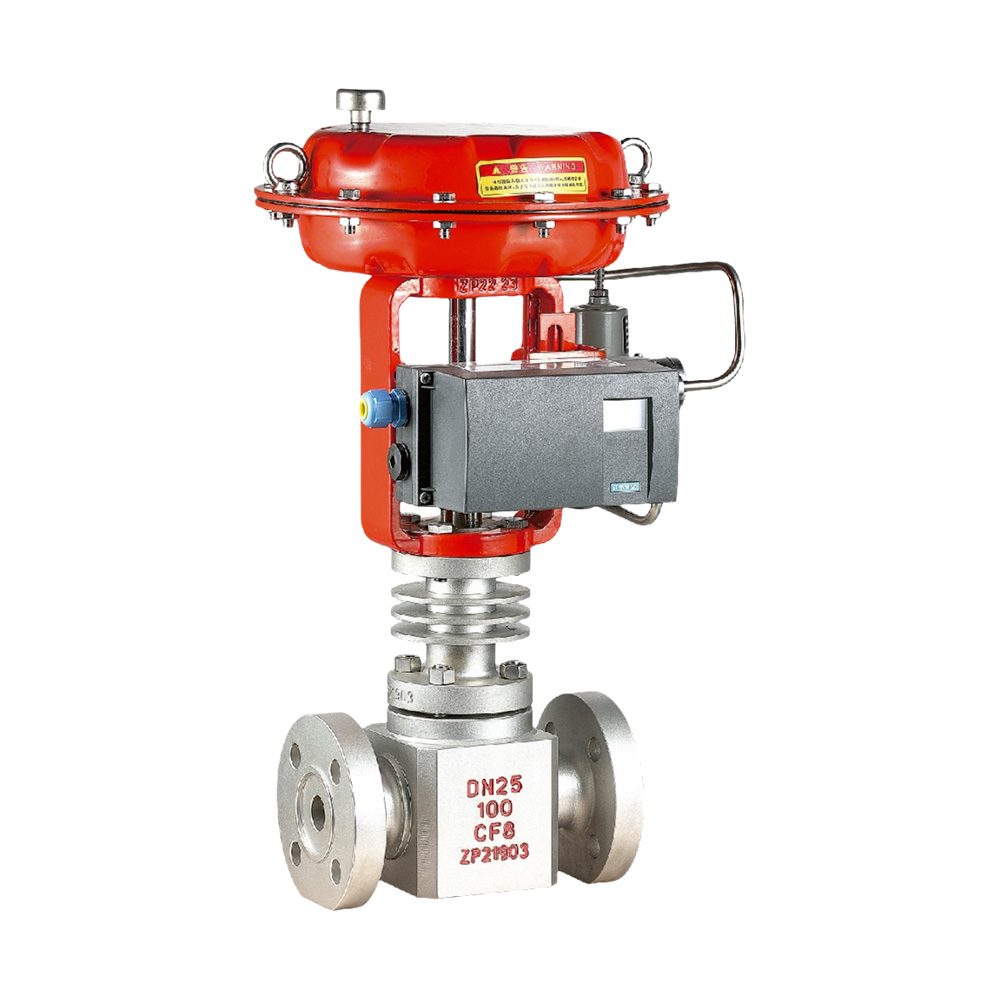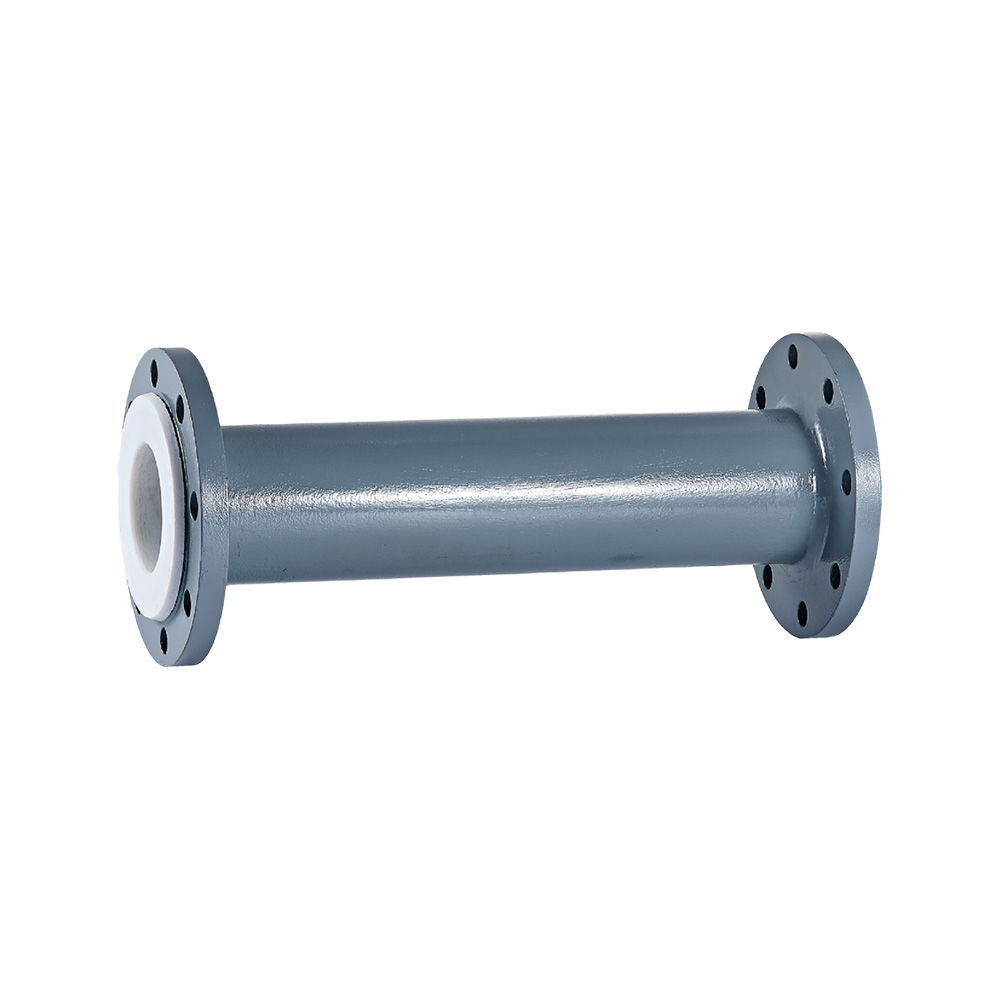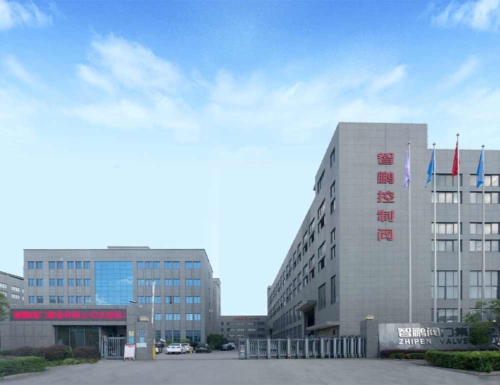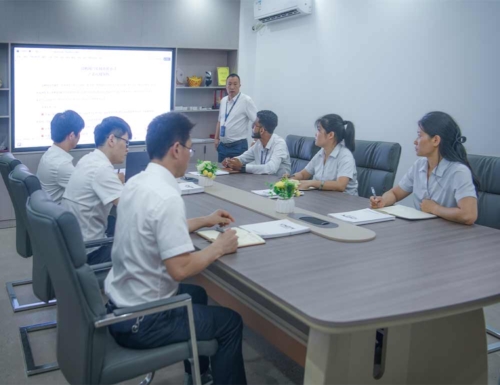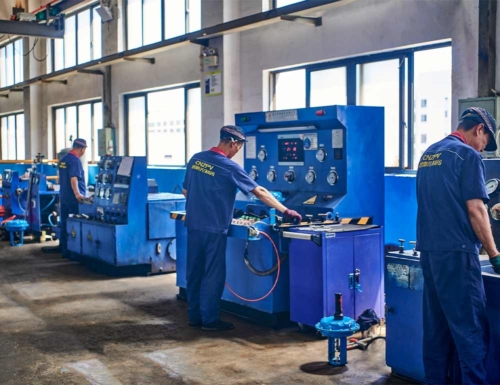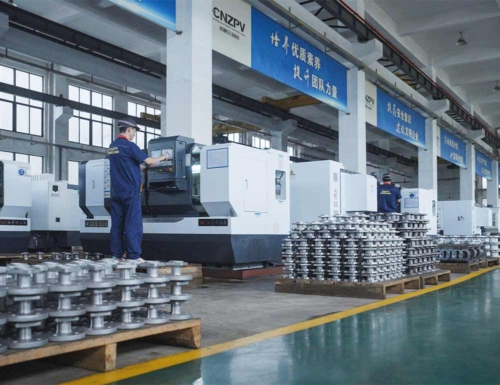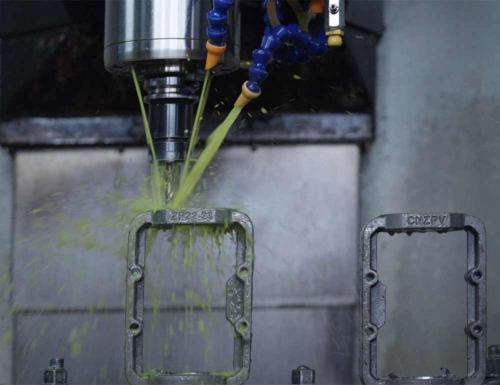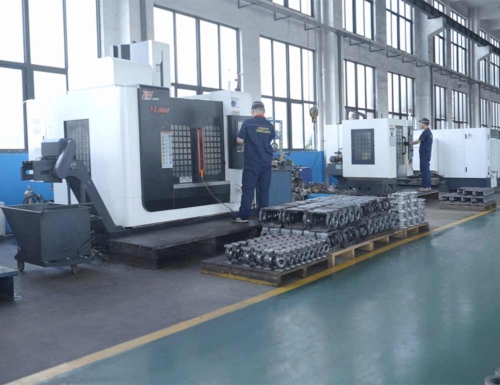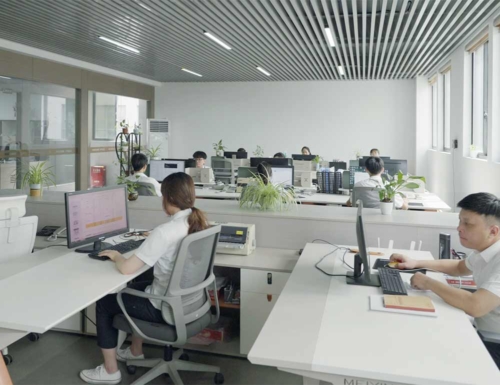1. Adjustment of opening pressure
① Before the safety valve leaves the factory, its opening pressure should be adjusted to the set value required by the user. If the user proposes a spring working pressure level, it should generally be adjusted to the lower limit of the pressure level before leaving the factory.
② Before the user installs the safety valve on the protected equipment or before installation, the user must readjust it at the installation site to ensure that the set pressure value of the safety valve meets the requirements.
③ Within the range of the spring working pressure level indicated on the nameplate, the opening pressure can be adjusted by rotating the adjustment screw to change the spring compression.
④ Before rotating the adjustment screw, the valve inlet pressure should be reduced to less than 90% of the opening pressure to prevent the valve disc from being driven to rotate when the adjustment screw is rotated, thereby damaging the sealing surface.
⑤ In order to ensure the accuracy of the opening pressure value, the medium conditions during adjustment, such as the type of medium and temperature, should be as close to the actual operating conditions as possible. The opening pressure often changes when the type of medium changes, especially when the medium accumulation state is different (for example, from liquid phase to gas phase). When the operating temperature increases, the opening pressure generally decreases. Therefore, when adjusted at room temperature and used at high temperature, the set pressure value at room temperature should be slightly higher than the required opening pressure value. How high it is depends on the valve structure and material selection, and should be based on the manufacturer’s instructions.
⑥ Conventional safety valves are used in situations where additional back pressure is fixed. When the opening pressure is adjusted after inspection (the back pressure is atmospheric pressure at this time), the set value should be the required opening pressure value minus the additional back pressure value.
2. Adjustment of discharge pressure and return pressure
① To adjust the valve discharge pressure and return seat pressure, the action test of the valve reaching the full opening height must be carried out. Therefore, it can only be carried out on a large-capacity test device or after the safety valve is installed on the protected equipment. The adjustment method varies depending on the valve structure.
② For structures with recoil discs and valve seat adjustment rings, the valve seat adjustment ring is used for adjustment. Unscrew the adjustment ring fixing screw, insert a thin iron rod or other tools from the exposed screw hole, and then turn the gear on the adjustment ring to make the adjustment ring rotate left and right. When the adjustment ring is rotated counterclockwise to the left, its position rises, and the discharge pressure and return seat pressure will be reduced. Conversely, when the adjustment ring is rotated clockwise to the right, its position decreases, and the discharge pressure and return seat pressure will be increased. Each time you adjust, the adjustment ring should not rotate too much (generally, it is sufficient to rotate a few teeth). After each adjustment, the fixing screw should be tightened so that its end is located in the groove between the two teeth of the adjustment ring, which can prevent the adjustment ring from rotating and not generate radial pressure on the adjustment ring. For safety reasons, before turning the adjustment ring, the inlet pressure of the safety valve should be appropriately reduced (generally lower than 90% of the opening pressure) to prevent the valve from opening suddenly during adjustment and causing accidents.
③ For structures with upper and lower adjustment rings (one adjustment ring each on the guide sleeve and the valve seat), the adjustment is more complicated. The valve seat adjustment ring is used to change the size of the channel between the valve disc and the adjustment ring, thereby changing the degree of pressure accumulation in the chamber between the valve disc and the adjustment ring when the valve is initially opened. When the valve seat adjustment ring is raised, the degree of pressure accumulation increases, thereby reducing the stage of proportional opening of the valve and achieving a sudden rapid opening more quickly. Therefore, raising the valve seat adjustment ring can reduce the discharge pressure. It should be noted that the valve seat adjustment ring should not be raised too close to the valve disc. In this way, leakage at the sealing surface may cause the valve to open suddenly too early, but since the medium pressure is not enough to keep the valve disc in the open position at this time, the valve disc will close again, so the valve will jump frequently.
The upper adjustment ring is used to change the angle of the flowing medium after being reflected on the lower side of the valve disc, thereby changing the magnitude of the fluid force, so as to adjust the return pressure. When the upper adjustment ring is raised, the turning angle decreases, and the fluid force decreases accordingly, thereby increasing the return pressure. Conversely, when the upper adjustment ring is lowered, the return pressure decreases. Of course, while changing the return pressure, the upper adjustment ring also affects the discharge pressure, that is, raising the upper adjustment ring increases the discharge pressure, and lowering the upper adjustment ring reduces the discharge pressure, but its influence is not as obvious as the return pressure.
3. Lead seal
After the safety valve is adjusted, it should be sealed with lead to prevent the adjusted state from being changed at will. When repairing the safety valve, the position of the adjusting screw and the adjusting ring should be noted before disassembling the valve to facilitate the adjustment work after repair. After readjustment, it should be sealed with lead again.

